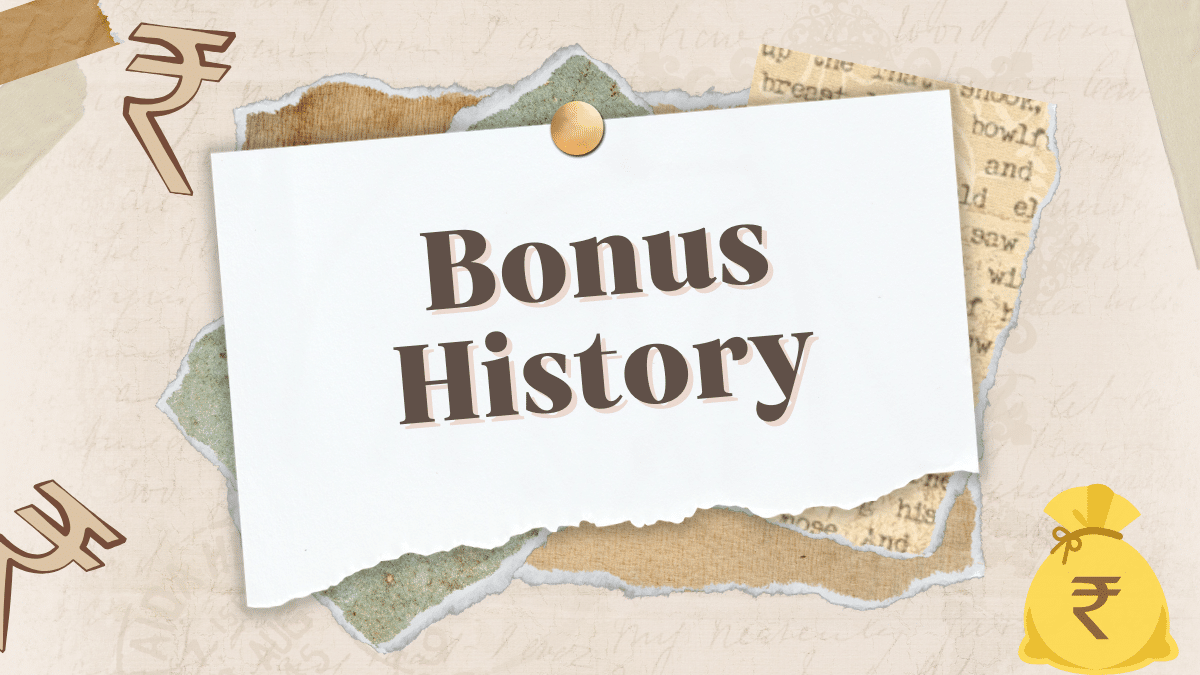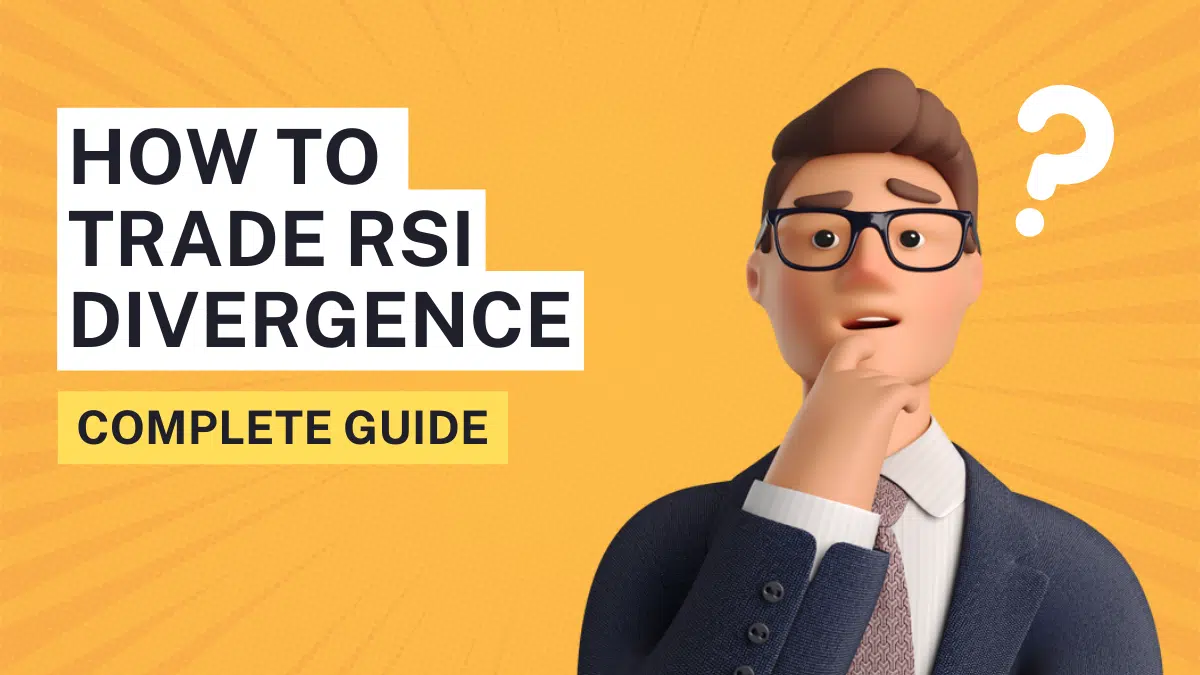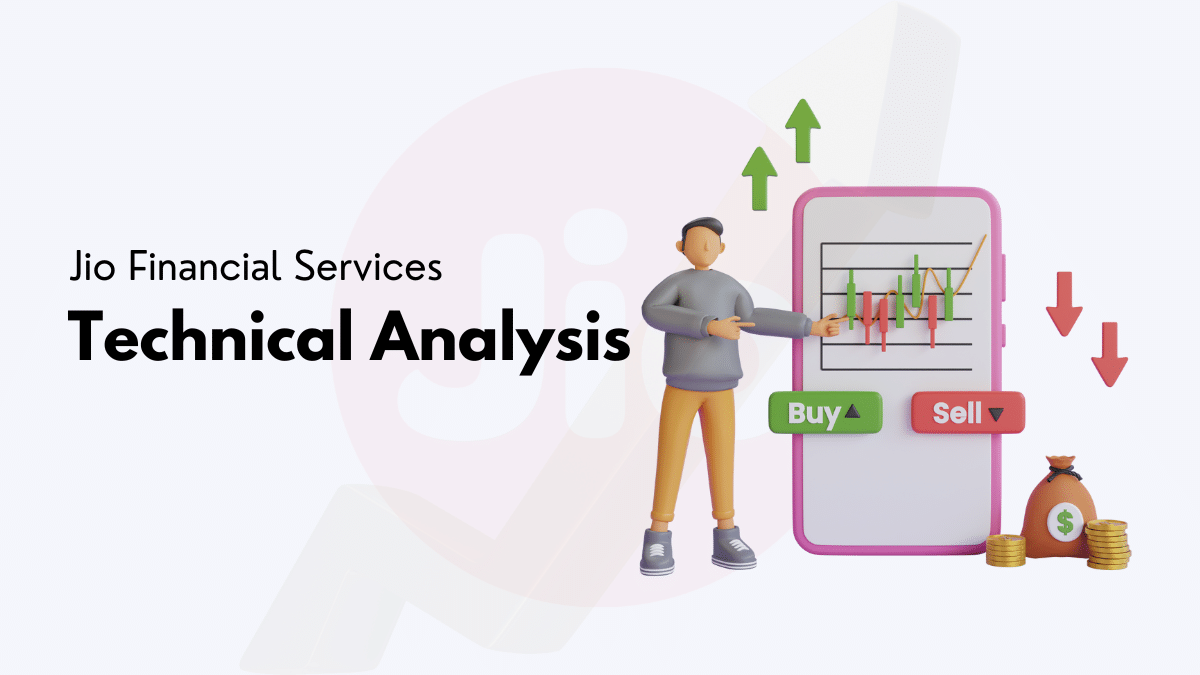CE and PE in stock market are options trading terms used for call options and put options. What is CE and PE in stock market, detailed information is provided in this article.
Nowadays, a lot of people are getting rich by doing options trading. With so many successful stories circulating on social media platforms, it’s no wonder that newbies think they can get rich overnight by doing options trading too.
However, options trading may be the best and quick way to make money in the share market, but it also involves more risk than regular trading. It is so dangerous that just one trade can blow the whole account.
And on top of that, Options trading differs from regular equity trading in a few key ways. For one, options use terms like CE, PE, and Strike Price. These terms can be confusing for someone new to options trading. Another key difference is that options trading generally requires more knowledge and experience than regular equity trading.
So, before venturing into options trading, it is crucial to understand What is CE and PE in stock market. And this article provides a basic overview of these concepts.
What are Options in the stock market?
Before we begin to understand what is ce and pe in stock market, let’s first understand what options are. Options are one type of derivative.
Derivative means a contract between two people which derives its value from its underlying asset. As I said, a derivative is a contractual agreement between two or more people whose value is derived from fluctuations in the underlying asset.
Stocks, Bonds, commodities, currencies, interest rates, and market indexes are derivatives’ most common underlying assets. There are four types of derivatives contracts; forward, future, options, and swap.
An options contract means a right to sell or buy the underlying asset/security but not the obligation (you don’t have to buy or sell, but you can) at a pre-defined time and price.

Now lets see the main topic What is CE and PE in stock market?
What is CE in Stock Market?
CE is a short term used for call options in the stock market. CE’s full form is ‘Call European.’
A trader who buys a Call Option has the right to buy the underlying security or asset at a pre-determined price and time, but they are not obligated to do so. Traders will buy a Call Option when they believe the value of the underlying asset will increase in the future.
The call option buyer has a bullish point of view on the stock price and will gain profits when the stock price rise above the pre-determined strike price.
Example
Suppose Mr. A bought the call option of TCS, the strike price of 3280 ₹ and the current price of stock TCS is 3260 ₹.
The price of a call option is 20 ₹, then Mr. A has to pay a premium of RS 20 for 1 Stock of TCS. The lot size of TCS is 150 QTY, so the total price will be 3,000 ₹ (150X20 ₹ premium).
If the cash market value of TCS reaches 3290 ₹ per share, Mr. A will start making a profit.
What is PE in Stock Market?
PE is a short term used for put options in the stock market. PE’s full form is ‘Put European.’
A Put Option gives a trader the right to sell an underlying security or asset at a pre-determined price and time, though they are not obligated to exercise this right. Traders typically buy a Put Option when they expect the asset’s value will decrease in the future.
A put option buyer is pessimistic about the value of a particular stock and will gain when the stock price falls below the pre-determined strike price.
Example
Suppose Mr. B bought the put option of HINDUNILVR, the strike price of 2700 ₹, and the current price of stock HINDUNILVR is 2710 ₹.
The price of a Put option is 10 ₹, then Mr. B has to pay a premium of RS 10 for 1 Stock of HINDUNILVR. The lot size of HINDUNILVR is 300 QTY, so the total price will be 3,000 ₹ (300X10 ₹ premium).
If the cash market value of HINDUNILVR reaches 2690₹ per share, Mr. B will start making a profit.
Important key points
- The option buyer has limited risk, as they can only lose the premium paid but unlimited profit potential.
- The option seller has unlimited risk and limited profit potential. But the option seller has an 80% winning probability.
- Only buy a CE option or sell a PE option when you think the market or stock price is likely to increase.
- Only buy a PE option or sell a CE option when you think the market or stock price is likely to decrease.
- The odds of success are much higher for an options seller than the buyer of an option due to the multiple factors that can influence the value of an option in the market.
Conclusion
In short, what is ce and pe in stock market?
First, there are two types of options:
- Call Option (Call European)
- Put Option (Put European)
CE, known as the call option, gives you the right to buy but does not obligate.
PE, known as the put option, gives you the right to sell but does not obligate.
Before starting options trading, It is vital to comprehend the risks involved with Options Trading. Additionally, it is essential to understand critical terms related to options trading and develop an effective trading strategy.
I hope the information provided above has been beneficial in helping to comprehend what is ce and pe in stock market. Options trading is distinct from traditional equity trading, requiring an options trader to consider multiple factors when making trades. Such a trader needs to remain vigilant to optimize their trades.
Frequently Asked Questions Related to What is CE and PE in Stock Market
What is future and option trading?
Future and option trading is a form of investing that involves making deals on the future value of an asset. It allows investors to speculate on the price movements of stocks, commodities, currencies, and other financial instruments without owning the underlying asset. Investors can use strategies to take advantage of future and option trading, such as buying and selling contracts and exercising options.
Is options trading profitable?
Yes, but it takes a significant amount of practice and dedication to become successful in options trading.
How to activate option trading in Zerodha?
To activate the F&O section on Zerodha, you must upload proof of income onto the Zerodha console. You can place your request on the Zerodha console.
What is strike price in option trading?
The strike price is an important term in option trading. It is the pre-determined price at which the underlying asset or security can be bought or sold by the option holder. It is the agreed-upon price between the buyer and seller of the option contract.
Can you trade options in pre-market?
No, you cannot place options orders in pre-market trading.






